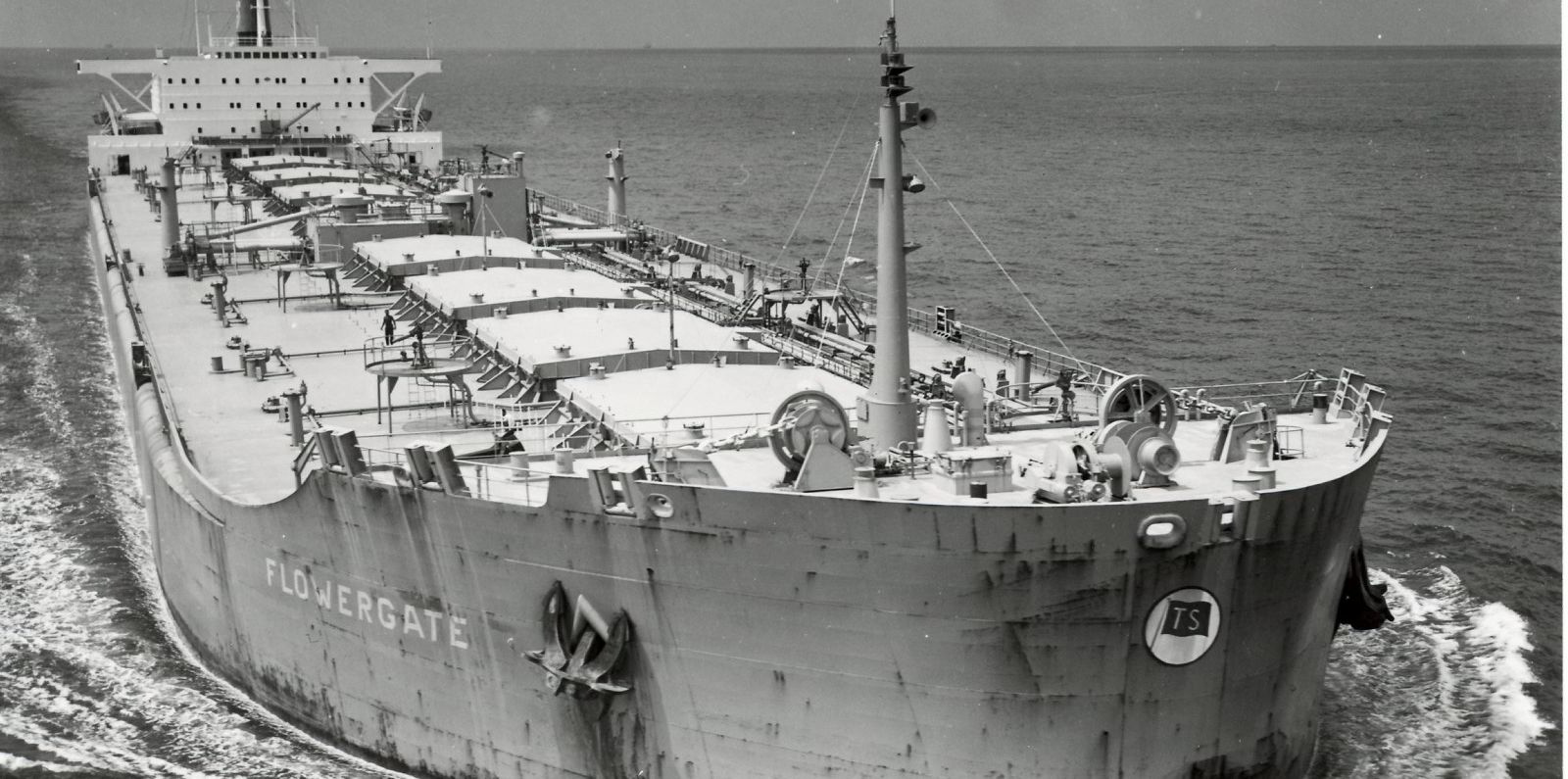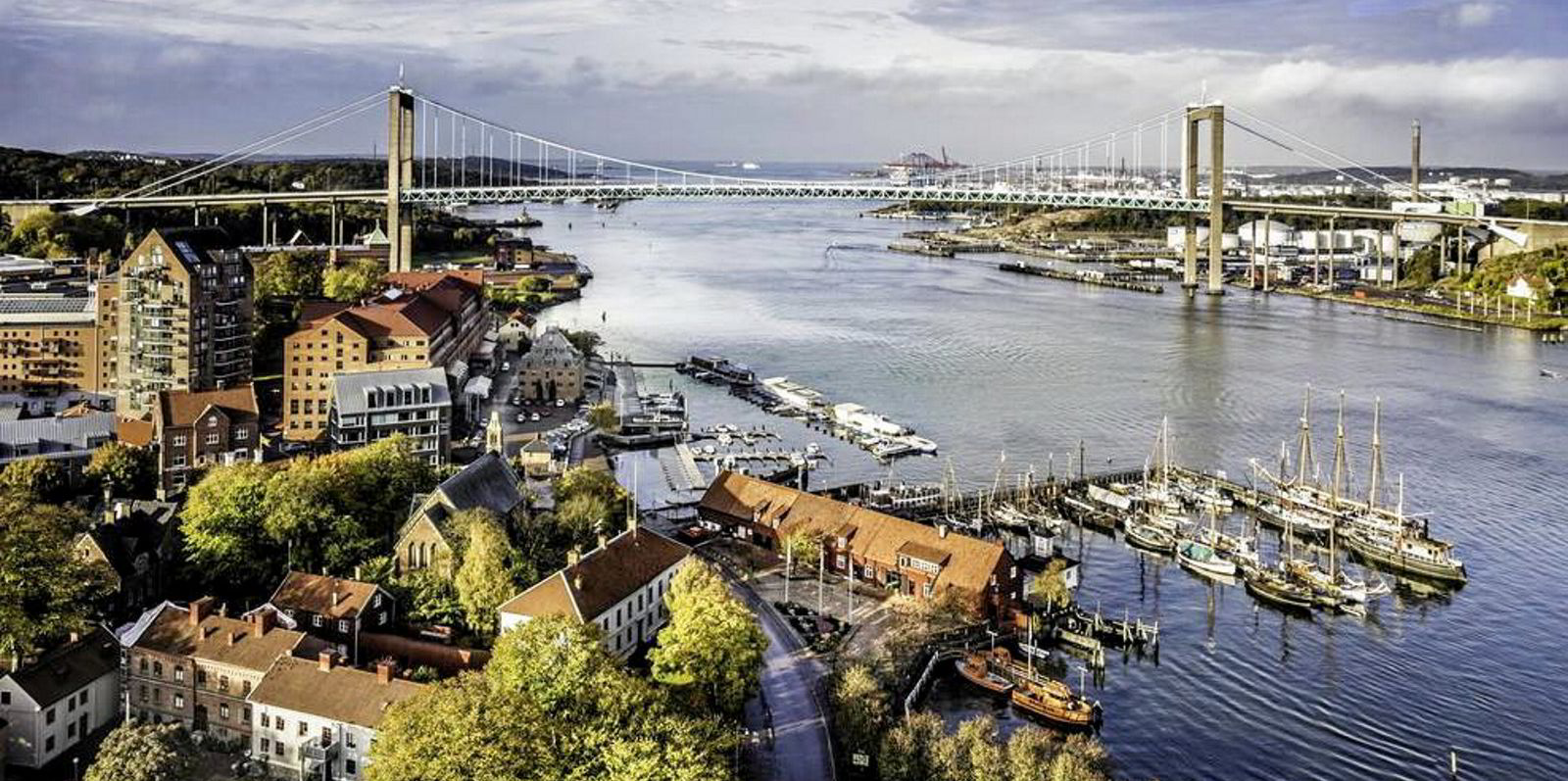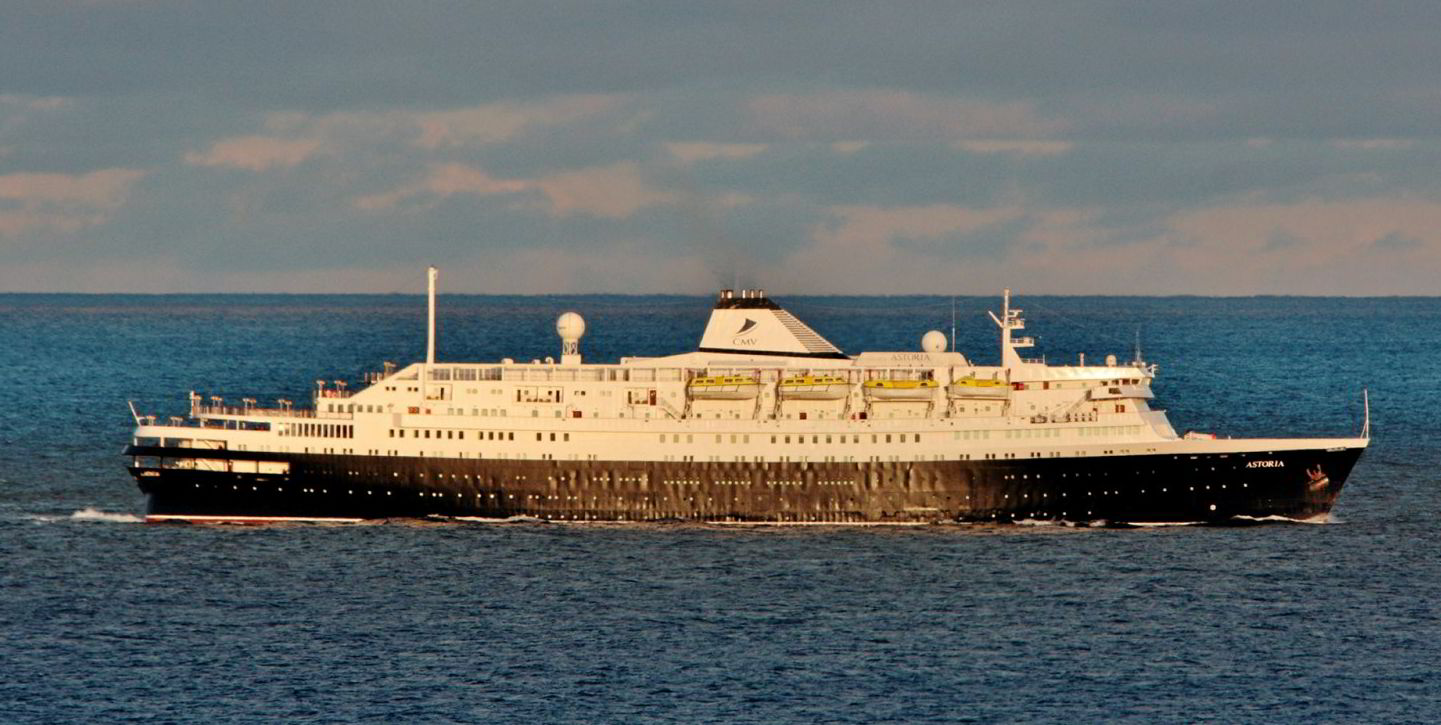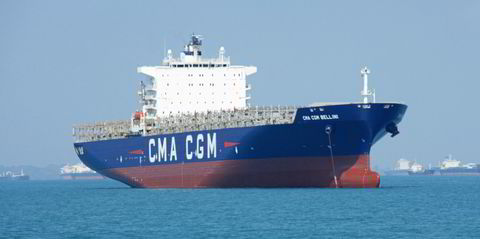The Swedish Club traces its history back to January 1872 with a letter published in a leading newspaper calling for local steamship owners to form an insurance mutual.
As a result, a hull and machinery mutual was formed and the Swedish Club wrote its first policy on 13 December 1872 for the one-year-old steamship Orvar Odd, which was covered for 50,000 Swedish crowns.
In 1910, a Swedish protection and indemnity mutual was founded in response to growing demand for third-party liability cover.
Forty years on, the P&I club was amalgamated with the hull insurer, in a first step towards the development of the Swedish Club as a diversified marine insurance business.
The club continued to offer hull cover for members during the war years and also developed war risk cover lines.
Disaster
In 1956, it faced one of its most high-profile claims when, on its return voyage to Gothenburg, the Swedish American Line liner Stockholm collided with the passenger ship Andrea Doria outside New York. The three-year-old Andrea Doria, at the time thought to be unsinkable, sank, claiming 46 lives. Five people died on the Stockholm.
During the 1970s, Swedish shipowners, which had been the mainstay of the club’s success, sold vessels, preferring to charter in tonnage.
In response, the Swedish Club ventured into the international market and, in early 1971, the Flowergate, owned by UK-based Turnbull Scott, became the first non-Swedish vessel entered in the club.
Two overseas offices were then opened: in Piraeus in 1980 and in Hong Kong in 1982.
Today, the club has free reserves of $218m and an annual premium of $178.8m. It has 2,230 vessels under P&I cover, amounting to 88m gt. It has a further 1,317 ships under freight, demurrage and defence cover.
It also has 3,999 vessels under hull and machinery cover valued at $1bn.







